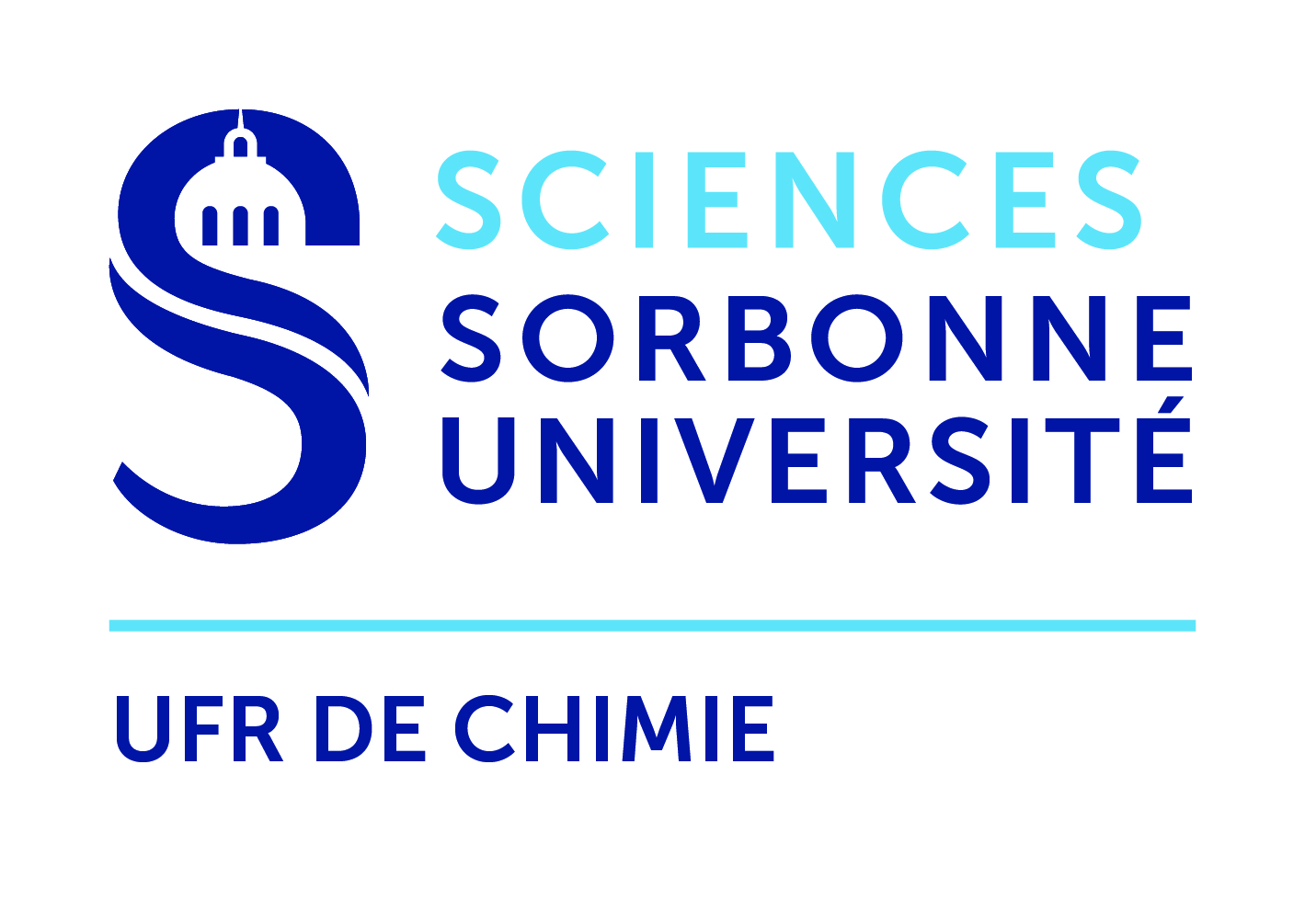Light-induced phase separation with finite wavelength selection in photophobic micro-algae
Résumé
As for many motile micro-algae, the freshwater species Chlamydomonas reinhardtii can detect light sources and adapt its motile behavior in response. Here, we show that suspensions of photophobic cells can be unstable to density fluctuations, as a consequence of shading interactions mediated by light absorption. In a circular illumination geometry this mechanism leads to the complete phase separation of the system into transient branching patterns, providing the first experimental evidence of finite wavelength selection in an active phase-separating system without birth and death processes. The finite wavelength selection, that can be captured in a simple drift-diffusion framework, is a consequence of a vision-based interaction length scale set by the illumination geometry and depends on global cell density, light intensity and medium viscosity. Finally we show that this active phase separation shields individual cells from the deleterious effects of high light intensity, demonstrating that phototaxis can efficiently contribute to photoprotection through collective behaviors on short timescales.
| Origine | Fichiers produits par l'(les) auteur(s) |
|---|
